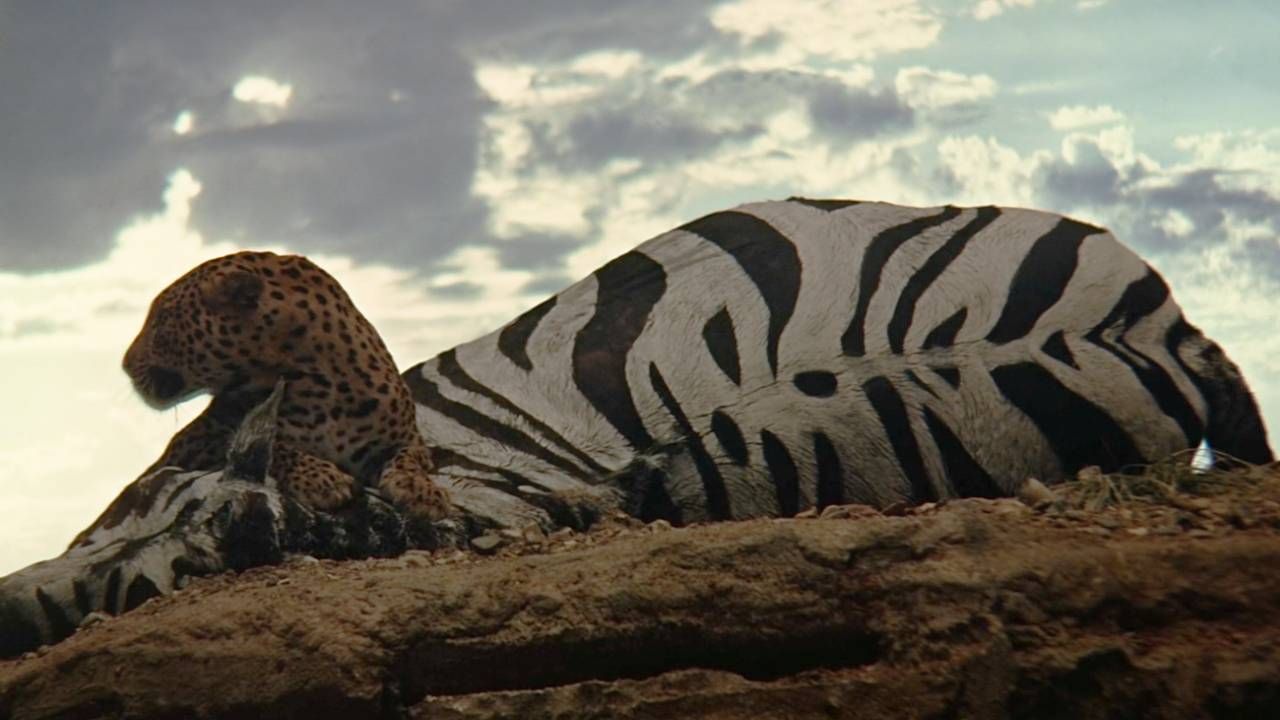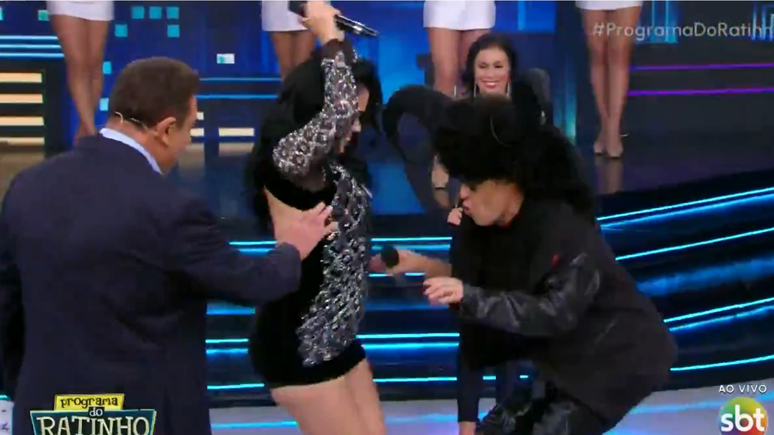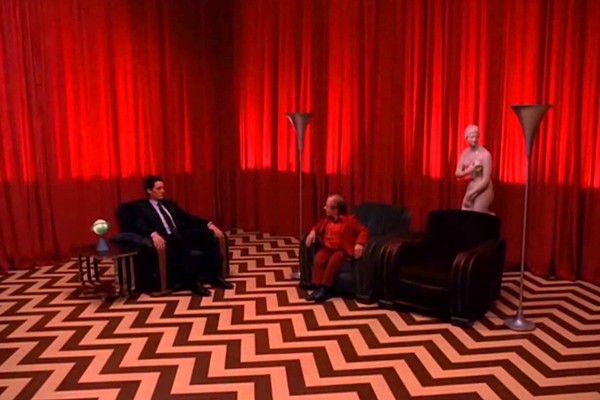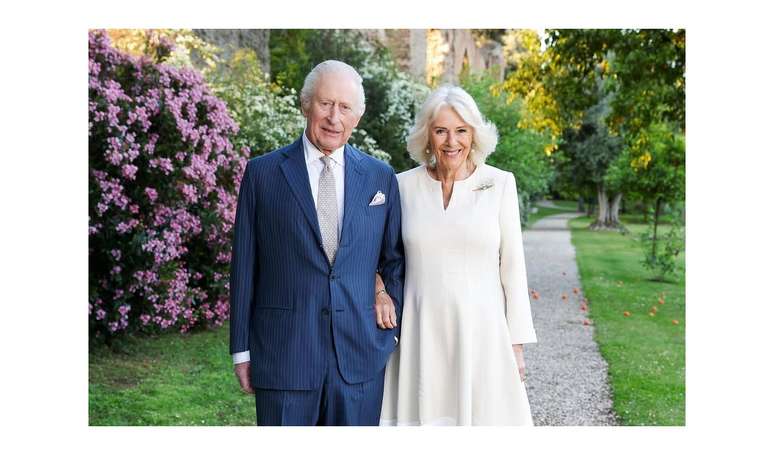While Netflix has partnered with Microsoft to assist with its ad plan, which is already available in Brazil, Disney has been developing its own server for the company’s ads in recent years.
In recent years, Disney Media & Entertainment Distribution (DMED), a division of the company led by Chief Technology Officer Aaron LaBerge, has built its ad delivery stack from the ground up, centered around the Disney Ad Server.
The company launched the new Disney Ad Server on Hulu last year and is now also powering Disney+ with ads, which launched last month in the US. Currently, Disney Ad Server serves approximately 500 million ad impressions per day.
LaBerge highlighted a Variety that the company has also built an industry-leading expertise in ad technology. “What you saw with ads on Disney+ was the first product to launch on that ad server from an end-to-end perspective,” LaBerge says.
According to LaBerge, Disney built its proprietary technology for digital ads because owning that piece of the chain gives the company more flexibility and control in order to prioritize delivery behavior for ad customers and its own business.
At the same time, Disney Ad Server is designed to be able to integrate with partner advertising solutions, according to Disney’s plan, without relying on a third-party vendor, as some streaming competitors do.
The development of the Disney Ad Server is “focused on our continued commitment to the advertising industry,” says LaBerge. So far, Disney hasn’t disclosed how many people have used Disney+’s ad-supported basic plan ($7.99/mo, 27% cheaper than the $10.99/mo ad-free plan) since it was released. launched on December 8 in the United States, or a calendar for the international expansion of the cheaper product.
The core component of the Unified Advertising Platform (referred to internally as UAP) is the Disney Ad Server (DAS). With DAS, Disney has direct control over key advertising decision mechanisms, according to LaBerge. It also supports proprietary ad formats developed by Hulu, including Pause Ads, Binge Ads, and GatewayGo (which shows viewers personalized and interactive marketing offers).
Because Disney owns and controls the DAS, the company can use first-party data without any privacy concerns about sharing that information with an outside company. Disney’s Raw Audience Graph, a kind of audience graph that has been in development for more than a decade, gives advertisers access to more than 1,800 segments with visibility into 100,000 audience attributes, according to LaBerge.
Disney’s unified advertising platform also includes something called YODA, which stands for Yield Optimized Delivery Allocation, or Yield Optimized Delivery Allocation, in loose translation. YODA is an algorithmic engine that determines when to serve an ad to a single viewer. Later this year, according to LaBerge, YODA will enable automated competition between direct selling and programmatic ad buying; This will, in theory, allow Disney to increase throughput optimization with higher CPMs (cost per thousand impressions) at scale.

This feature will leverage Disney Realtime Ad Exchange (DRAX), the media conglomerate’s internal supply-side platform that hosts internal auctions across all programmatic endpoints to curate the highest value ad while supporting key partner businesses.
“We’re filling the entire curve with the appropriate demand,” says LaBerge, who served as Chief Technology Officer at ESPN before taking on his current role as Chief Technology Officer at DMED in 2018. Additionally, UAP provides a self-service component designed to lower the entry barrier for small to medium-sized agencies to purchase Disney’s premium advertising inventory by allowing them to create and manage campaigns on their own. Disney says it will open to even more agencies in 2023.
“Building a dynamic advertising platform that includes measurement is incredibly complicated,” LaBerge says, adding, “This is a ‘forever’ investment for Disney.”
There are no forecasts yet for a possible Disney+ arrival with announcements in Brazil.
The post Why Disney Built Its Own Ad Server first appeared on Olhar Digital.
Source: Olhar Digital
Camila Luna is a writer at Gossipify, where she covers the latest movies and television series. With a passion for all things entertainment, Camila brings her unique perspective to her writing and offers readers an inside look at the industry. Camila is a graduate from the University of California, Los Angeles (UCLA) with a degree in English and is also a avid movie watcher.







